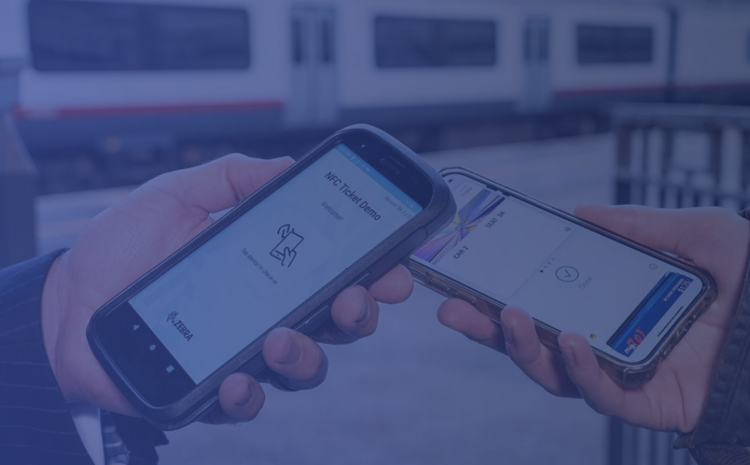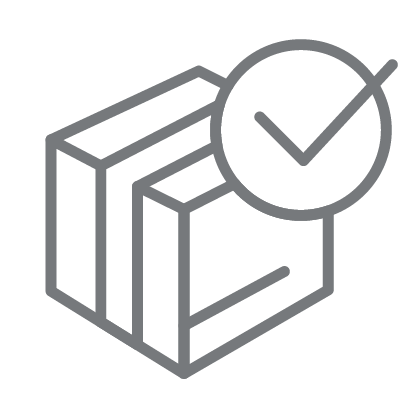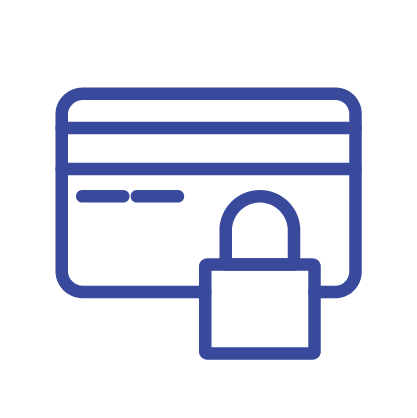
WANT TO CONFIRM PASSENGERS HAVE THE PROPER TICKETS BEFORE THE TRAIN DEPARTS OR THE PASSENGER DEPARTS AT THE NEXT STOP? CONSIDER DIGITAL WALLET TICKETS POWERED BY APPLE VAS AND GOOGLE SMART TAP ON ZEBRA MOBILE DEVICES.
With business travelers increasingly boarding trains rather than planes, especially in Europe, and tourism picking up exponentially, there’s never been a better time to look at how your conductors and other transit agents are handling ticket issuance and checks as well as ID checks at the gate and on board.
Passengers accustomed to air travel are going to expect the rail travel experience to be equally convenient if not more so, especially when it comes to ticketing and boarding. But that’s only possible if the process is fully digitalized.
The New Ticketing and Validation Experience
The internet has revolutionized the process of purchasing a ticket itself, opening new convenient paths for passengers to buy online, ahead of time, or last minute, straight from the smartphone. As a result, the conductors now must deal with diverse ticket form factors paper, printed at home with barcode, digital barcode, and (now) digital wallet tickets.
Given that the train schedule and strict departure time hasn’t changed, and neither has the passenger’s habit of showing up at the last minute, your conductors must be equipped to efficiently validate all types of tickets, including those digitally issued and preloaded into passengers’ mobile wallets. They don’t have the option of holding a train at the station while validations are completed, and you can’t always start boarding an hour before departure. So, how do you make it possible for your conductors and other agents to validate the tickets for each of the hundreds of passengers on board and issue last minute tickets in a matter of minutes?
That’s a question many transit teams are asking right now. Fortunately, a few have found an answer in part because they couldn’t afford to let this problem linger.
For example, Greek rail operator Hellenic Train S.A. (formerly TrainOSE S.A.) admits that when conductors were using pen and paper to validate tickets and collect money on board that they were losing money. They were also losing sight of their full revenue potential. If there were 100 passengers on a train only travelling 10 minutes to the next station, the conductor would only be able to work their way through a small number before the next stop, making it very possible that some passengers made the trip without a proper ticket and without being accounted for.
That’s why Hellenic Train leaders started looking into how the process could be digitalized: they wanted to ensure they had an accurate passenger count, were capturing all revenue, and making the rail travel experience smoother for employees and passengers. It didn’t take long for them to find a technology powered process that worked well. Now, each conductor can digitally validate paper tickets and instantly issue tickets onboard something previously only possible at the counter in a railway station or travel center resulting in a revenue surge now that more passengers are checked at each trip.
Still Not Good Enough for Travelers or Rail Operators
It’s no secret that there’s always room for improvement. That’s why innovation never stops. So, after the success Hellenic Train and other rail operators have had using Zebra enterprise-grade rugged mobile computers loaded with tailored software to expedite ticket issuance and validation, we started looking at what could make the experience even better. One thing that kept coming up was ticket issuance, in part because there is benefit in eliminating paper tickets altogether (even if paper tickets can be quickly validated using barcode scans).
If passengers can buy train tickets online or in a mobile app before arriving at the station or, worst case, at the station as they’re heading down to the platform, the only thing that a conductor will need to do as the passenger boards is validate tickets – and possibly each passenger’s ID card. That is something that could be done in a split second if the prepaid ticket is in the passenger’s mobile wallet and either Apple VAS or Google Smart Tap could be used for that validation. A train agent would just need to have a mobile computer capable of reading Apple VAS and Google Smart Tap wallet items as well as scanning traveler IDs (either via barcode scans or OCR technology).
Given that Zebra mobile computers already have built-in barcode scanners as well as OCR Wedge software that can be licensed with a few clicks of a button on the mobile device, we didn’t need to do anything special to support ID checks. Agents can either scan the barcode on the back of the driver’s license or ID card or use the OCR Wedge app to automatically read the face of an ID card to validate the person’s identity and permission to travel in connected information/background check systems. So, we got to work to integrate and certify Apple VAS and Google Smart Tap on the latest Zebra mobile computers and tablets, including the new TC22/TC27 mobile computers, to enable the fastest ticketing and boarding experience possible.
Why Rail Operators Need to Be Able to See What’s In Passengers’ Mobile Wallets
There are probably several reasons why you clicked to read this post today. For example…
- You might be anxious to have full visibility into how many people are on the trains you’re running every day.
- You might be challenged to learn about who is on your trains (for safety, marketing, route and schedule optimization, and service expansion purposes).
- You need to make sure no one is getting a free ride.
No matter your reason(s), you will only get the information you need if you can validate every traveler’s ticket before they exit the train something that is increasingly difficult if you’re only issuing paper tickets.
Though paper tickets can be processed quickly if they have a barcode on them, paper tickets can also be misprinted, forged, lost and otherwise hard to validate. Plus, there’s a cost to you per ticket, and they may not be environmentally friendly, as they may not be recyclable and are essentially single-use items that could end up in the landfill in a matter of minutes after issuance. Considering that you’re trying to generate more money, it doesn’t make sense to adopt a process that could cost you more and potentially upset customers that expect you to adopt sustainable business practices.
Digital ticketing, and especially mobile wallet ticketing, is the new standard in rail travel (and, really, any travel). And on-demand ticketing that can be handled on a mobile app – with tickets stored in travelers’ mobile wallets – is the ultimate convenience for both passengers and your train agents. Fast device to device scans via a split second tap will keep things moving along at a high speed (literally if you are operating a high speed train). And on the occasion that a traveler forgot to buy a ticket before boarding, the conductor can use their mobile device to issue and validate a digital ticket for that traveler, with the passenger having the option to pay from their digital wallet should they choose.
This blog is contributed by Zebra Technologies.
















